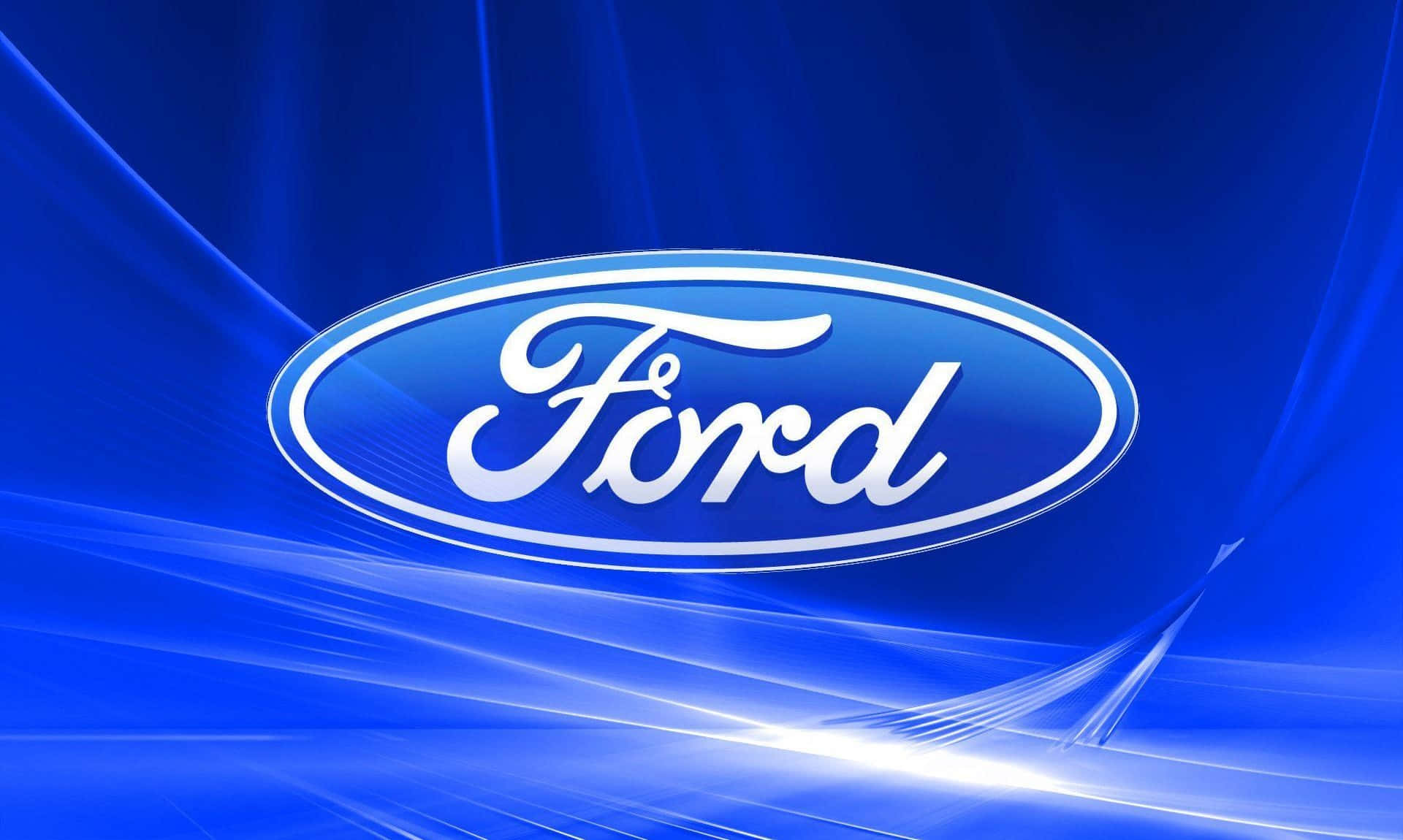
The Ford logo is more than just a simple emblem; it is a powerful representation of one of the world’s most iconic automotive brands. Founded over a century ago, Ford Motor Company has notably influenced the automotive industry. It continues to lead in innovation, quality, and performance. This article reviews the history, design, importance, and evolution of the Ford logo. It also examines its impact on brand identity and consumer perception.
A Rich Historical Background
Founded in 1903 by Henry Ford, the Ford Motor Company sparked the automobile revolution. In 1908, it launched the Model T, making car ownership possible for many. As Ford grew, it needed a unique logo to reflect its values and goals.
The First Ford Logo: Simplicity and Impact
The Ford logo debuted in 1903. It showcased the company’s name in a simple, elegant font. This design aimed for clarity and legibility. It established Ford as a trusted name in the growing auto market.
Over the years, the logo underwent several changes. The biggest change came in 1927 with the creation of the blue oval. This design established a strong brand identity. It also conveyed the trustworthiness and reliability that car buyers wanted.
Design Elements of the Ford Logo
The Ford logo features a unique blue oval, a brand hallmark. This blue color symbolizes trust, loyalty, and professionalism. It is perfect for an automotive company.
Typography: A Blend of Tradition and Modernity
The font used in the Ford logo is equally important. The cursive script combines heritage and craftsmanship with a modern flair. This attracts both longtime fans and new buyers. The logo balances nostalgia and innovation, key for the evolving automotive market.
The Significance of the Oval Shape
The oval itself serves multiple purposes. It creates a sense of movement, reminiscent of the curves and lines found in Ford vehicles. Furthermore, the shape is versatile, allowing for easy adaptation across various platforms, from physical signage to digital branding. This adaptability ensures that the Ford logo remains prominent and recognizable in any context.
Evolution Through the Decades
The Ford logo has undergone subtle changes throughout its history, each iteration reflecting the brand’s commitment to innovation while paying homage to its rich legacy.
The 1960s: A Shift in Brand Identity
In the 1960s, the Ford logo saw a modernization that aligned with the changing tastes of consumers. The blue oval became slightly more elongated, and the font was refined to enhance readability. This change represented Ford’s efforts to adapt to a rapidly evolving automotive market while maintaining its established identity.
The 21st Century: A Return to Tradition
Entering the 21st century, Ford focused on a cleaner design, removing unnecessary embellishments. The logo was simplified, making it more impactful and suitable for the digital age. This evolution reflects a broader trend among brands to streamline their logos for better visibility across various media, including mobile devices and social platforms.
The Ford Logo in Popular Culture
The Ford logo has transcended its role as a mere brand identifier, becoming a cultural icon in its own right. From movies to music, the logo’s presence is ubiquitous, symbolizing freedom, adventure, and the American spirit.
A Symbol of Innovation
Ford has long been at the forefront of automotive innovation. The company has invested heavily in research and development. This effort led to the assembly line, which changed manufacturing worldwide. Now, the Ford logo reflects this innovation. It symbolizes a brand that always aims to surpass limits.
Community and Impact
Ford’s focus on community and social responsibility adds meaning to its logo. The company invests in sustainability, education, and economic projects. It shows it cares about more than just profits. This makes its logo a symbol of positive change, attracting consumers who value social responsibility.
Consumer Perception and Brand Loyalty
The Ford logo plays a critical role in shaping consumer perception. For many, it represents a legacy of quality, reliability, and performance. The emotional connection consumers have with the Ford brand is deeply intertwined with the logo itself.
Building Trust Through Consistency
By maintaining a consistent visual identity over the years, Ford has built a sense of trust with its audience. Consumers know what to expect when they see the blue oval: quality vehicles that stand the test of time. This consistency fosters brand loyalty, encouraging repeat purchases and positive word-of-mouth recommendations.
A Generational Legacy
The Ford logo has become a family tradition for many. Generations have passed it down, linking Ford vehicles to family memories of travel and adventure. This loyalty boosts the logo’s significance.
Global Recognition and Adaptability
Ford’s logo has successfully adapted to different markets globally. Yet, it keeps its core identity. This flexibility is vital. Brands need to connect with diverse audiences in a global economy.
Localizing the Message
Ford has adapted its marketing in various regions while keeping its logo intact. This strategy helps the company connect with consumers, catering to local tastes and cultures. It also maintains the brand’s message of innovation and reliability.
The Ford Logo’s Enduring Legacy
The Ford logo is more than just a symbol. It reflects the brand’s history, values, and future vision. Starting small, it has become a cultural icon. The logo has adapted to the automotive industry’s changes, yet it remains a mark of quality and innovation.
Looking ahead, the Ford logo will keep evolving. It will show the brand’s commitment to progress and its connection with global consumers. Whether on the road or in culture, the logo is a testament to a legacy of excellence. This legacy has shaped the automotive world for over a century.
